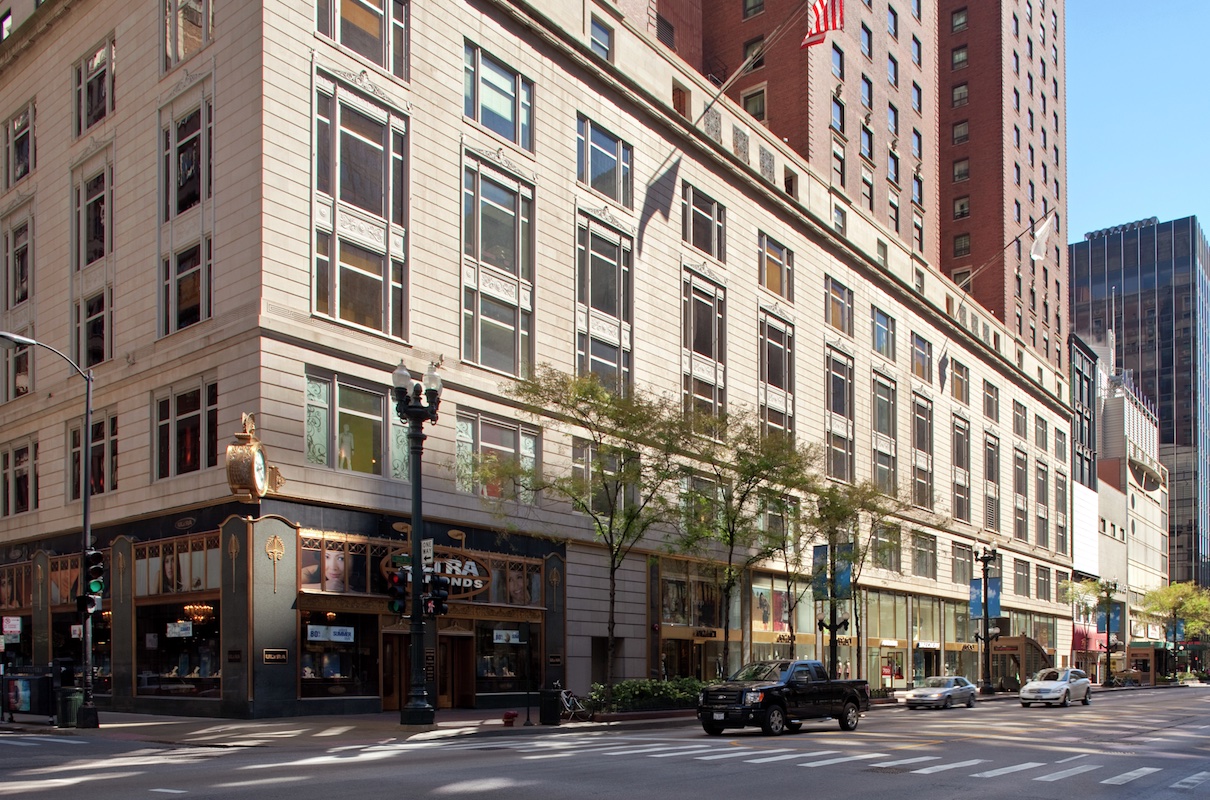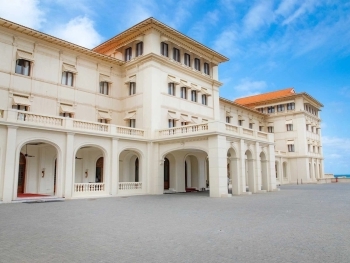The Story Begins
In the heart of downtown Chicago stands the Palmer House, a testament to the city's resilience, opulence, and deep-seated history. As one of the longest-operating hotels in the United States, the Palmer House has witnessed the evolution of Chicago from a burgeoning metropolis to the cultural and economic powerhouse it is today. With a story that intertwines love, disaster, reinvention, and luxury, this hotel holds a unique place in both local and national history.
Origins: The Gift of Love
The Palmer House was initially conceived as a wedding gift. Potter Palmer, a successful businessman and real estate developer known for shaping much of modern Chicago, built the original hotel as a token of love for his bride, Bertha Honoré. The Palmer House opened its doors in September 1871, just days before the Great Chicago Fire would reduce it to ashes. However, Palmer's unwavering belief in Chicago’s potential led him to rebuild the hotel, and it reopened in 1873 with even more grandeur and luxury.
The Rebirth: Resilience and Innovation
The new Palmer House, rebuilt at a then-staggering cost of $13 million, was an architectural marvel. It was the first hotel in the United States to be fully fireproof, a key consideration in a city still haunted by the recent fire. The hotel also introduced innovations that were groundbreaking at the time, including the installation of elevators and the use of electric light bulbs, which were still considered cutting-edge.
The interior of the hotel showcased the Gilded Age’s most lavish design elements, featuring marble staircases, French frescoes, chandeliers, and bronze embellishments. The Palmer House became a gathering spot for the elite, hosting dignitaries, celebrities, and influential figures from around the world.
The Golden Era: A Hub of Culture and Elegance
The early 20th century was a time of splendor for the Palmer House. It played a pivotal role in the social and cultural life of Chicago. The hotel’s opulent Empire Room, with its glittering chandeliers and plush seating, became the setting for performances by some of the greatest entertainers of the time, including Frank Sinatra, Ella Fitzgerald, Judy Garland, and Louis Armstrong.
The Palmer House was not just a place to sleep; it was an experience, a center of social gatherings, and a playground for the rich and famous. Its grand lobby, known as "The Peacock Alley," was lined with luxury shops and adorned with art that captured the essence of elegance. It was a place where deals were made, stories were exchanged, and legends were born.
Legends and Innovations: The Birth of the Brownie
Perhaps one of the most delightful claims to fame of the Palmer House is its connection to the invention of the brownie. Bertha Palmer is credited with requesting a dessert that would be easy for ladies to enjoy during the World’s Columbian Exposition of 1893. The result was a chocolatey treat now beloved worldwide: the brownie. The Palmer House brownie, still made using the original recipe, is served at the hotel to this day, adding a sweet piece of history to every guest’s stay.
Challenges and Renovations: Surviving the Test of Time
The Palmer House faced its share of challenges over the years, including ownership changes, financial difficulties during the Great Depression, and evolving tastes in luxury. Despite these hurdles, the hotel consistently managed to adapt and maintain its reputation as a symbol of resilience.
In the 1940s, Conrad Hilton purchased the Palmer House, and it became part of the Hilton Hotels Corporation. The acquisition led to significant renovations and modern updates, ensuring that the hotel continued to meet the expectations of contemporary guests while preserving its historic charm.
Modern-Day Grandeur: Preserving a Legacy
Today, the Palmer House Hilton remains a cherished icon of Chicago. Its Beaux-Arts architecture, featuring a majestic ceiling mural painted by French artist Louis Pierre Rigal, continues to draw visitors from around the world. The hotel’s 1,600 rooms have been updated to reflect modern standards of comfort while retaining the elegance that has always defined the Palmer House experience.
The hotel hosts an array of events, from business conferences to weddings, serving as a bridge between the past and present. It stands as a living monument to Chicago’s history, echoing the tales of gilded parties, the sounds of legendary performances, and the whispers of deals made in quiet corners.
A Timeless Symbol of Chicago
The Palmer House in Chicago is more than just a hotel; it is a story of love, loss, and resilience. From its phoenix-like rise after the Great Fire to its role as a cradle of cultural innovation, it has cemented its place in history as a symbol of luxury and legacy. Whether visiting to marvel at its architecture, enjoy the famous brownie, or simply walk the halls once frequented by legends, stepping into the Palmer House is like stepping into a living piece of Chicago’s story.
This historic gem continues to enchant, reminding all who visit of the power of ambition, creativity, and a love for the enduring spirit of a city that never stops rebuilding itself.












